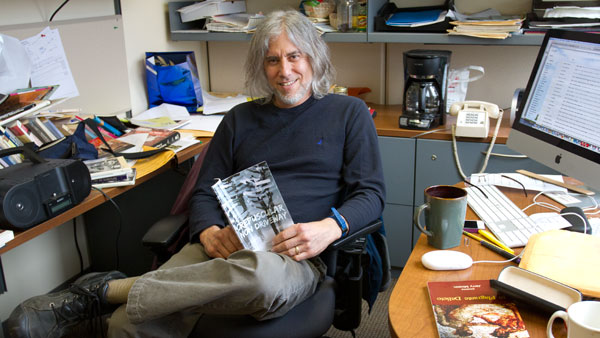Throw another kangaroo on the barbie, because it’s official: In Australia, I’ve eaten more kangaroo than I’ve seen in the wild. Ditto for wallaby, the kangaroo’s cousin. Mmm.
I wasn’t expecting to make such a smorgasbord out of the continent’s unique native fauna, but, man, does Australia’s unofficial national animal taste good.
’Roo meat is gamey and tastes like venison. Wallaby is milder and tastes like lamb. The recipe options are endless — ’roo steak, ’roo burgers, ’roo stir-fry, wallaby stew. Marsupial truly is the new beef.
But culinarily speaking, ’roo is relatively new. Though Aborigines have hunted them for thousands of years, it’s only been legal to eat kangaroo in New South Wales since 1993. Before then, it was sold as dog food. Now, about 3.5 million kangaroos are killed every year for their meat and skins, according to the Kangaroo Industries Association of Australia.
I wasn’t expecting to eat kangaroo when I came to Australia, but it has already become a tasty part of my study abroad itinerary. I get to travel to exotic lands, see exotic species — and then eat them.
Another thing about the meat: It’s damn cheap. It costs about US$5 for three plump ’roo filets. If that’s not an argument against vegetarianism, I don’t know what is.
But I still care about conservation, I swear. Eating kangaroo is good for Australia.
Tony Pople and Gordon Grigg, professors at the University of Queensland, back me up. Their extensive paper on the kangaroo industry argues that the sustainable killing of wildlife isn’t necessarily contradictory to conservation.
They write that there is a “positive linkage between wildlife harvesting and conservation” because the kangaroo population has exceeded the environment’s carrying capacity.
After European-style grazing land was introduced for sheep and cattle, the number of ’roos skyrocketed to nearly 60 million. Now, in order to keep them from overpopulating, the government allows hunters to bag several million a year.
The choice is clear: When in Australia, eat as they do. I do it for the environment. And even better, when I get home, I’ll still be able to get my ’roo. Australia exports the meat to 21 countries.
But I’m not just confining my pursuit of groceries to animals found on Australia’s coat of arms. I’ve also been eating their oysters (they’re delicious if you get them before the seagulls). One night, as the sun set on the shore of eastern Tasmania and I slurped down a shellfish after plucking it from the shallows, I thought, If Australia is my oyster, then I just ate it raw.
Aaron Munzer is a junior journalism major. E-mail him at [email protected].




